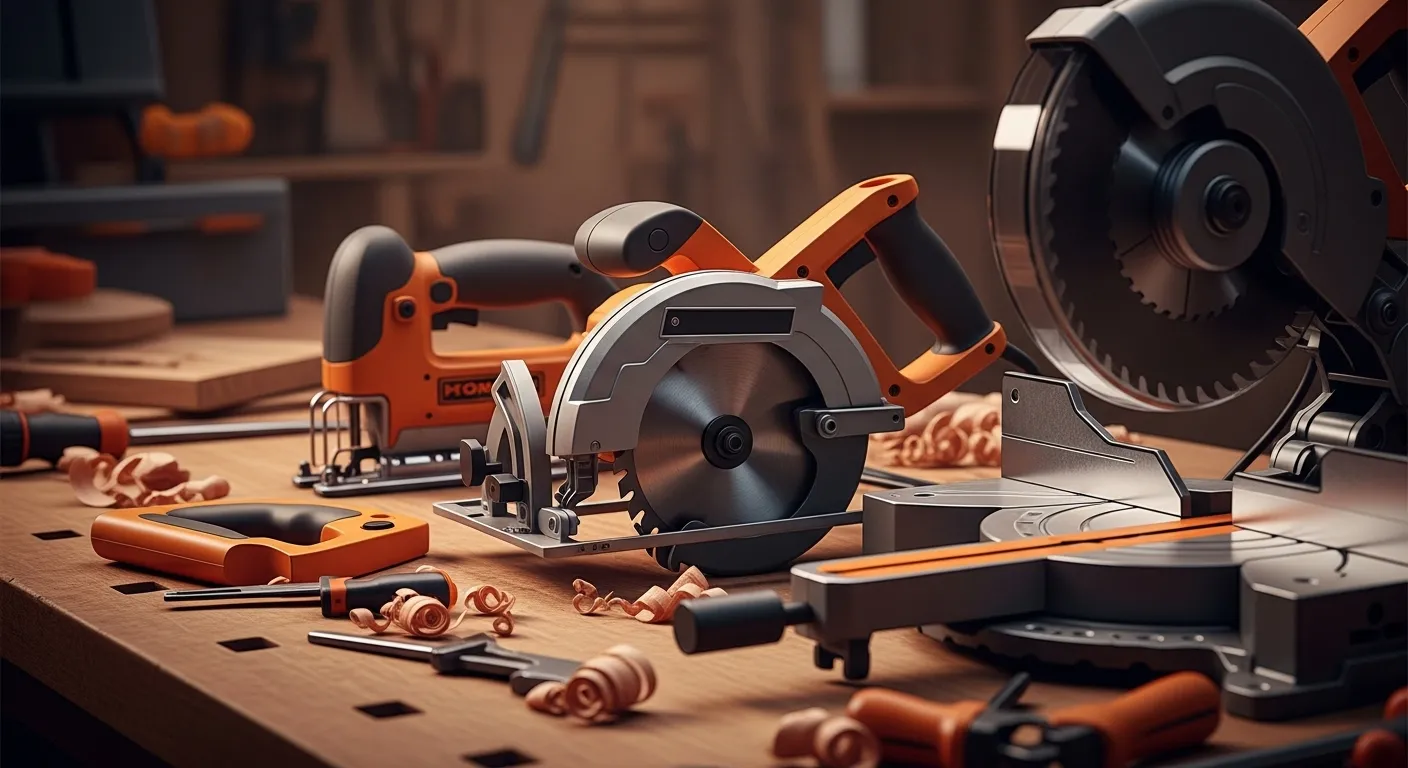Woodworking at home calls for good tools. Saws help cut wood straight or curved. This guide lists top saws for DIY tasks. It covers types, picks, and tips. Read on to find what fits your needs.
Why Pick the Right Saw?
A good saw saves time. It makes clean cuts. Wrong tools lead to mistakes. Start with basics for small jobs. Add more as you grow skills.
Main Types of Saws for DIY Woodworking
Many saws work for wood. Here are key ones. Each has uses and tips.
Circular Saw
This saw cuts straight lines fast. It works for lumber and plywood. Use it handheld. Change blades for different jobs. Pros: Portable and strong. Cons: Needs practice for straight cuts. Good for rip cuts and crosscuts.
Best pick: Skil 5280-01. Costs about $70. Great for new users. It has a laser guide.
- Use for: Breaking down sheets or framing.
- Tip: Clamp wood down. Guide with a straight edge.
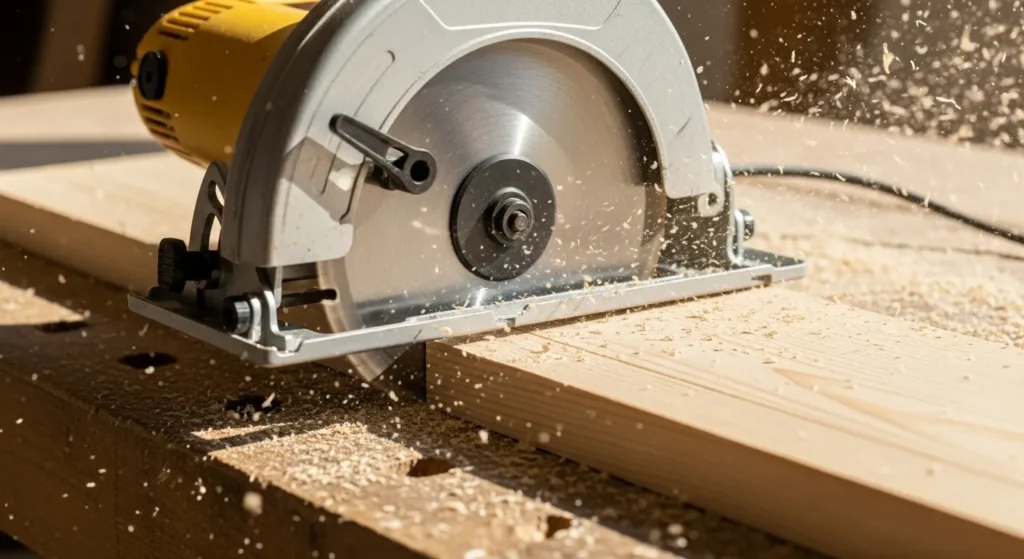
Jigsaw
Jigsaws cut curves well. They also do straight lines. The blade moves up and down. Start cuts in the middle of wood. Pros: Good for shapes. Cons: Slower for long straight cuts.
Best pick: Makita cordless model. Around $150. Light and easy to hold.
- Use for: Scroll work or holes.
- Tip: Pick fine blades for smooth edges. Go slow on curves.
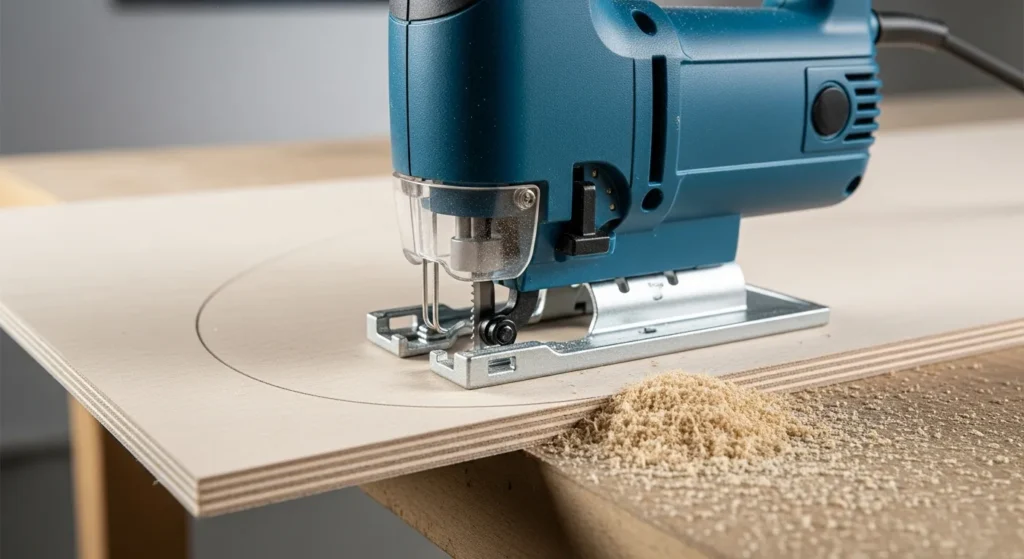
Miter Saw
Miter saws make angle cuts. They chop wood at set degrees. Good for trim and frames. Pros: Precise and quick. Cons: Not for big sheets.
Best pick: DeWalt DWS780. About $650. Slides for wider cuts. Strong for hard wood.
- Use for: Molding or picture frames.
- Tip: Lock angles tight. Cut test pieces first.
For related ideas, see our guide on accent wall designs to transform rooms: https://thehavenly.site/accent-wall-design-ideas-transform-room/
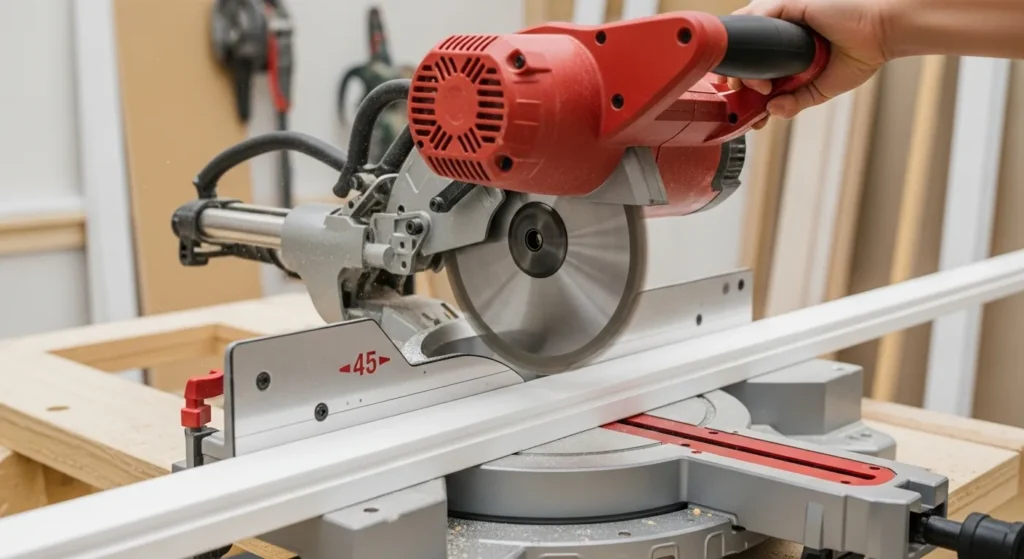
Table Saw
Table saws rip long boards. The blade sits in a table. Push wood through. Pros: Accurate for repeats. Cons: Takes space. Not portable.
Best pick: SawStop model with safety brake. Around $1,500. Stops if it touches skin.
- Use for: Sheet goods or joints.
- Tip: Use push sticks. Keep fence square.
Check our DIY reclaimed wood table projects for table saw ideas: https://thehavenly.site/diy-reclaimed-wood-table-projects-guide/
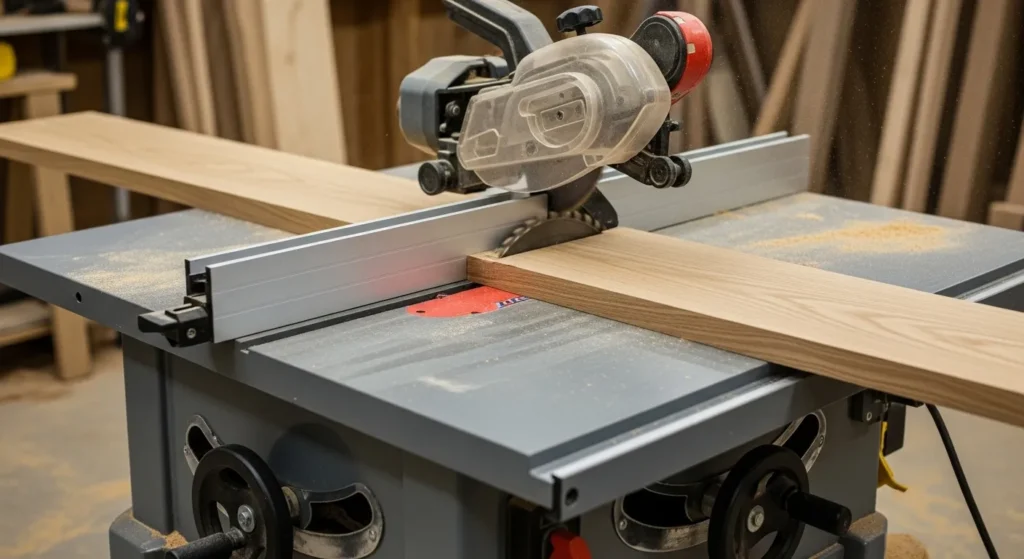
Hand Saw
Hand saws need no power. Pull or push to cut. Good for quick jobs. Pros: Cheap and simple. Cons: Tires arms fast.
Best pick: Shark 10-2315. Costs $20. Sharp for clean cuts.
- Use for: Small trim or branches.
- Tip: Mark lines clear. Let saw do the work.
Best Saws for Beginners
Start with a circular saw. It handles most tasks. Add a jigsaw for curves. These are safe and cheap. Avoid table saws at first. They need more skill. For small spaces, pick cordless models.
How to Choose a Saw
Think about your jobs. Need straight cuts? Go circular. Angles? Miter works. Budget matters. Start under $100. Corded gives steady power. Cordless moves free. Check blade size. Bigger cuts deeper. Read reviews for 2025 models.
Compare table, track, and circular saws. Table for shop use. Circular for on-site. Track for straight long cuts.
For sanders to finish cuts, see our best sanders guide: https://thehavenly.site/best-sanders-smooth-finishes-guide/
Safety Tips for Saws
Wear eye gear. Use ear plugs. Keep hands clear. Unplug when changing blades. Stand firm. Never force cuts. Check wood for nails.
Blade and Care Tips
Pick blades by teeth count. More teeth for fine cuts. Fewer for rough. Clean blades after use. Store dry. Sharpen or replace dull ones.
Common Questions
What saw is most versatile? Circular saw. It cuts many ways.
Safest for new users? Small circular or hand saw. Easy to control.
Do I need just two tools? Yes. Circular and drill cover basics.
Best table saw for budget? Look for ones under $300 with good fences.
This guide helps you start woodworking right. Pick tools that match your space and jobs. Happy building!
